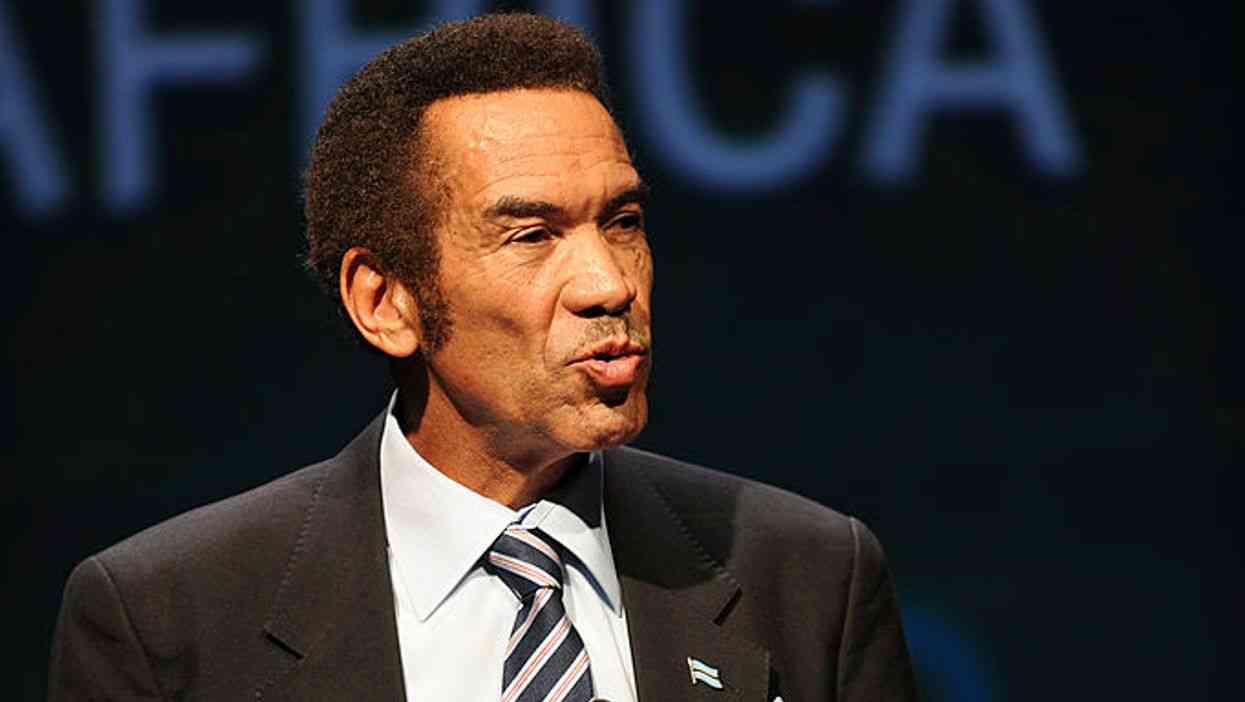
With a growing population in Zimbabwe, there has been high demand for open land as the scramble for accommodation intensifies.
By Kennedy Nyavaya
In rural areas, people are continuously expanding and occupying vast forestlands while in urban areas many have resorted to virtually every available space in an effort to stay as close as possible to the city centre.
This phenomenon has resulted in the illegal construction of houses and other structures on wetlands.
A wetland is a land area that is saturated with water, either permanently or seasonally, such that it takes on the characteristics of a distinct ecosystem. This is basically where water meets land and this includes mangroves, peatlands and marshes among other water bodies.
Last Friday Zimbabwe, which is a signatory to the 1971 Ramsar Convention on prevention of loss and degradation of wetlands, joined the world in commemorating the annual World Wetlands Day 2018 running under the theme Wetlands for a Sustainable Urban Future.
In essence, wetlands play a pivotal role in the water cycle as they recharge underground water by allowing it to sink into the soil, reducing high runoff which is a major cause for flooding.
However, in major cities like Harare they are a major water source after run off, but they are under severe threat from construction as well as cultivation.
- Chamisa under fire over US$120K donation
- Mavhunga puts DeMbare into Chibuku quarterfinals
- Pension funds bet on Cabora Bassa oilfields
- Councils defy govt fire tender directive
Keep Reading
“Regrettably, the Harare City Council is issuing stands on the wetlands and really we need to put a stop to this,” said Environment, Water and Climate minister Oppah Muchinguri on Thursday during a press briefing in the build-up to the commemorations.
True to her sentiments, the issue has been a bone of contention for a long time as buildings continue to emerge on these spaces in urban areas.
According to a government survey there are approximately 1 117 wetlands within the country’s borders which cover about 1,5% of the total surface area.
Muchinguri believes there is a chance to overturn the misdemeanour if citizens work in unison to redress the growing degrading practice.
“Through stakeholder and community participation, there is need to strike a balance between human needs while sustaining biodiversity and other wetland services,” she said.
“Understanding of ecosystem services that wetlands provide must be emphasised.”
Only a fifth of the wetlands are reported to be in a healthy functioning state which means that the situation is fast turning dire while the relevant authorities watch.
“We are regressing and things are getting out of hand because if you look at the example of the Monavale vlei [one of seven officially protected by law under the Ramsar Convention] being used for housing and government is not doing anything about it then we are not going anywhere,” said Rueben Akili, a representative from Harare Wetlands Trust.
Akili insists that there is no coordination in government departments in terms of implementing their stance which has caused loopholes in the whole system to protect wetlands.
“A wetland must just be protected we do not want them [government] to just talk, yet there is no meaningful implementation,” he said.
He also added that the current Environmental Impact Assessments (EIAs) procedures were not being done properly by the Environmental Management Agency (EMA).
“The building processes are preceding EIAs in most instances so in the end the assessment is done just to regularise and then if found to have built on a wetland one is fined a small amount and that is a major flaw,” he said.
“Private companies are being used by construction firms to do EIAs and it compromises the whole process because in the end, they only dance according to the tune of those paying them.”
Akili’s organisation arranged a protest march to register disgruntlement and their concerns over the constant destruction of wetlands as they petitioned parliamentarians to take action on the issue.
Having made frantic efforts to no avail as a trust, Akili believes it is the disharmony between authorities like Zimbabwe National Water Authority (Zinwa), EMA and Harare City Council, among other authorities which was the major disservice to the protection of the environment.
In defence and apparently admitting their fault, an official from EMA said the set up was built on trust that the assessors would conduct their work professionally.
“They are supposed to be working to make sure that the development of whatever is being taken on the environment is met with proper guidelines and we assume that these are independent of the developer in as much as they are paid,” he said.
In the country’s Constitution, wetlands are protected under the Environmental Management Act, which is the basis on which EMA was commissioned.
But, although capable of rescinding issued certificates upon realisation that the EIA has been done in a shoddy way EMA appears reluctant to take action against defaulters.
Muchinguri said her ministry last year set up a Wetland Utilisation Guidelines Developing Steering Core Team whose mandate would be developing a map work of how to sustainably take care of the important surfaces.
She also promised to rein in on perpetrators who continue to destroy the environment to serve human needs.
Meanwhile, land barons appear to continue enjoying impunity in what has been highly attributed to relations with influential politicians in the country.
l For feedback, email:










